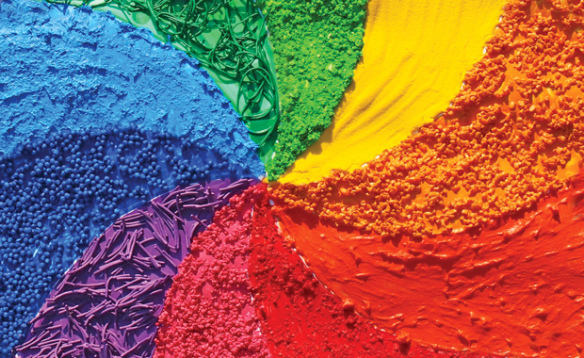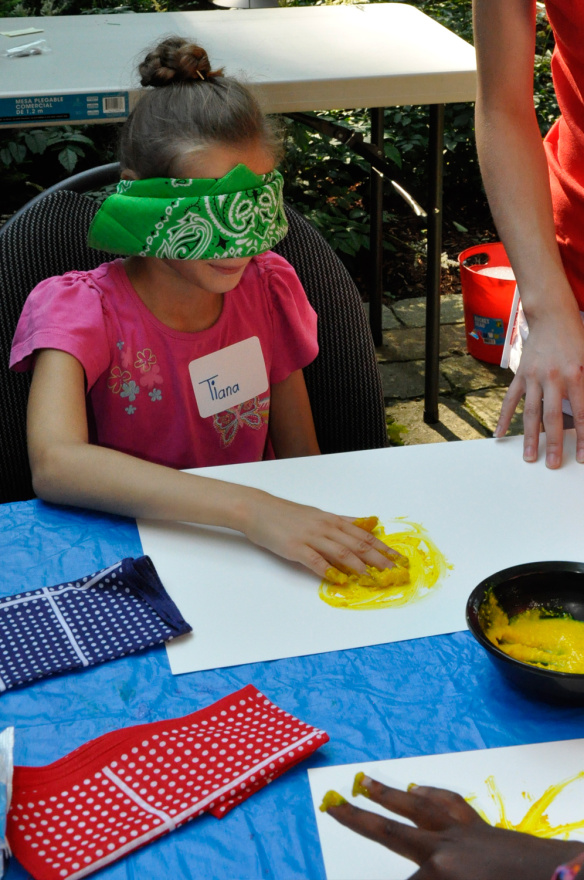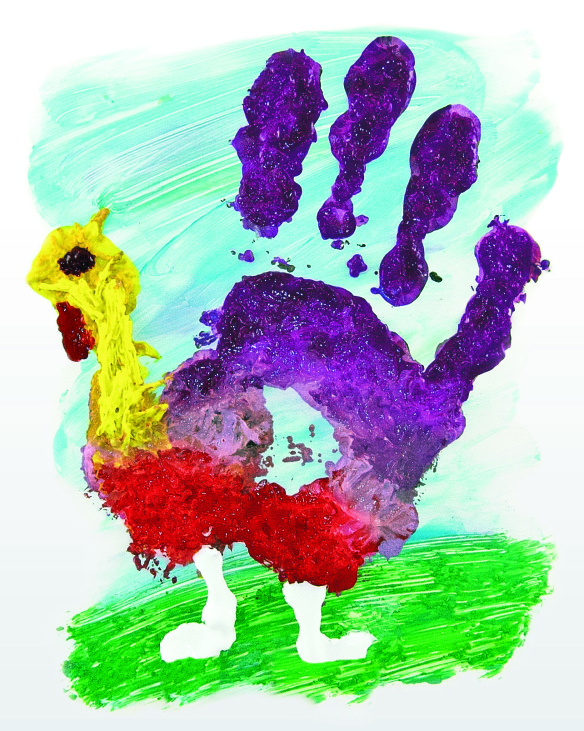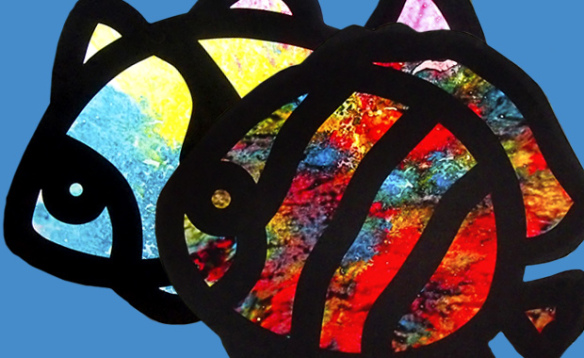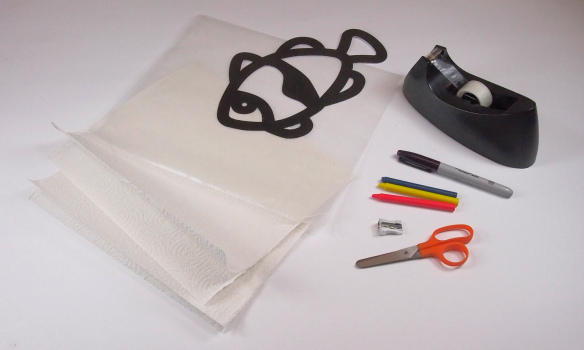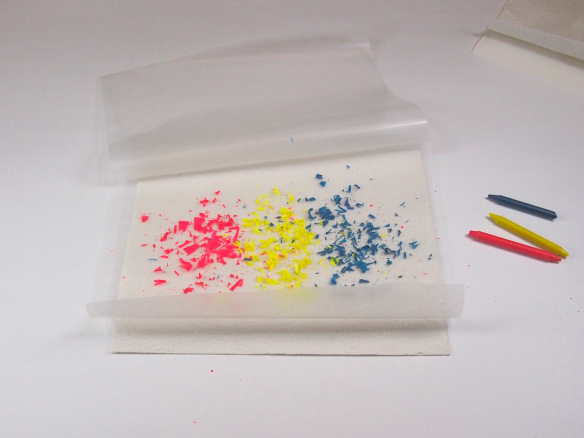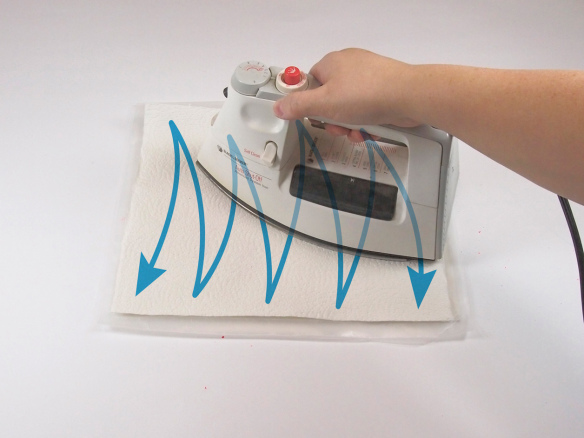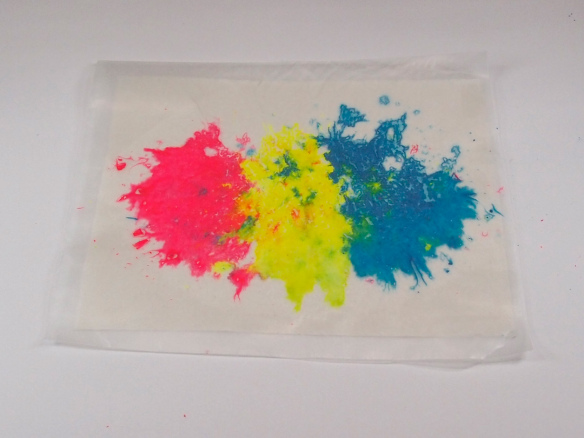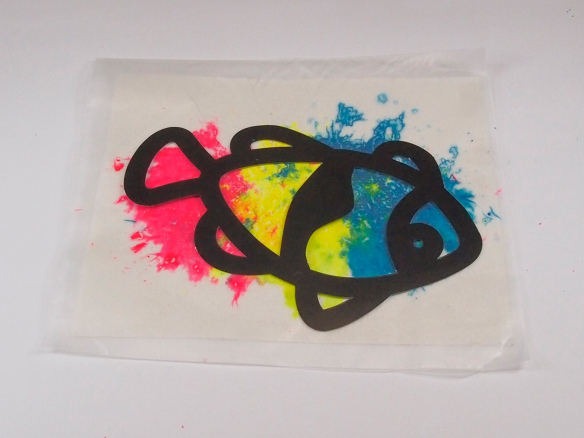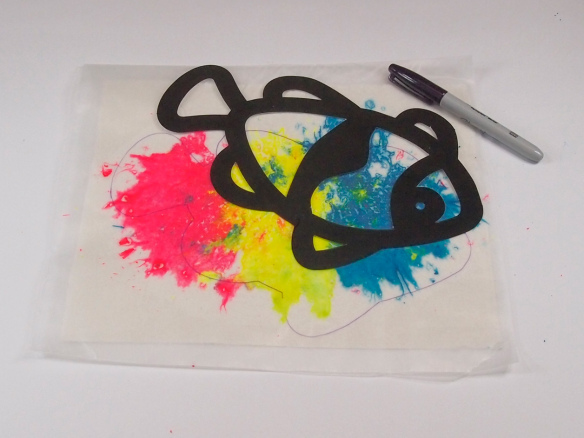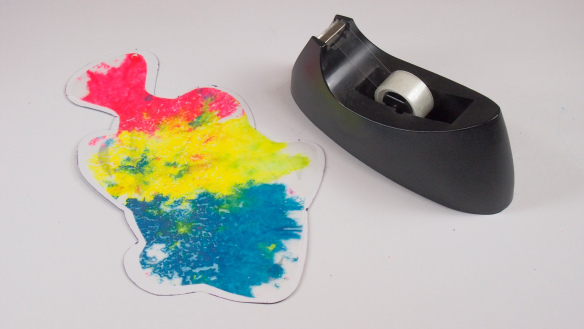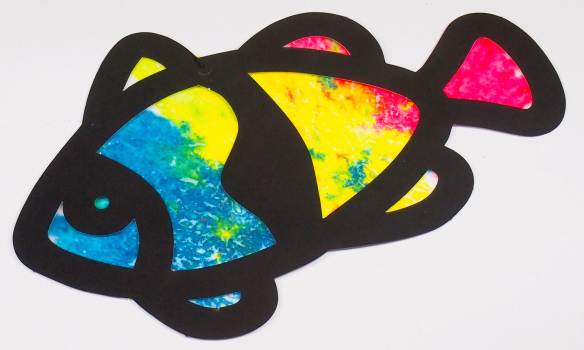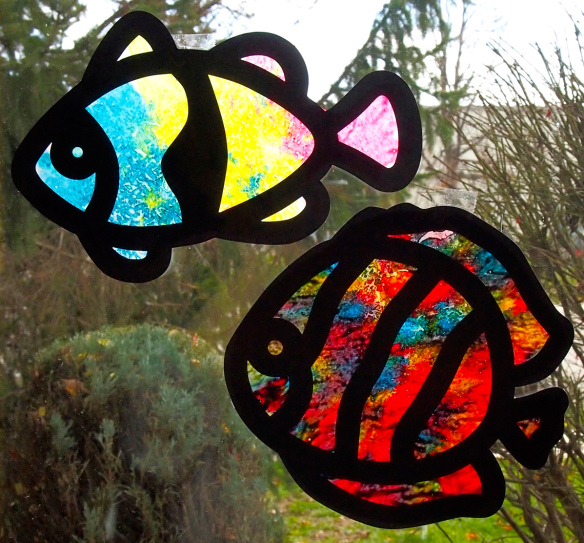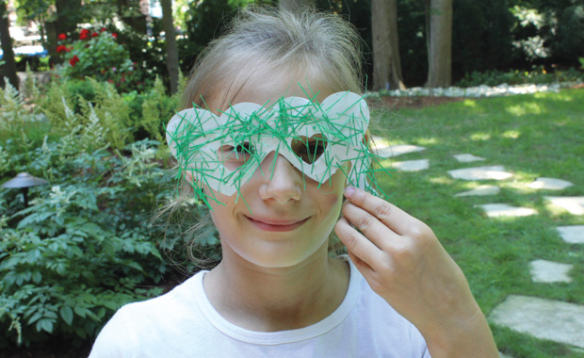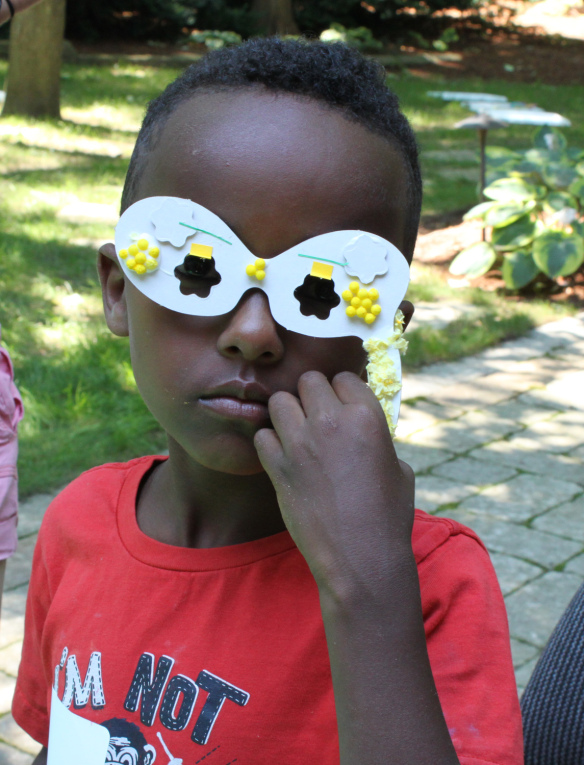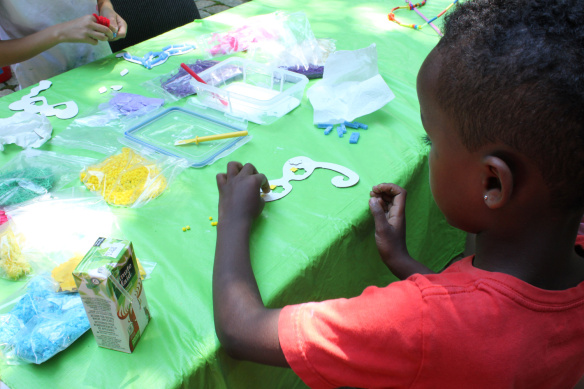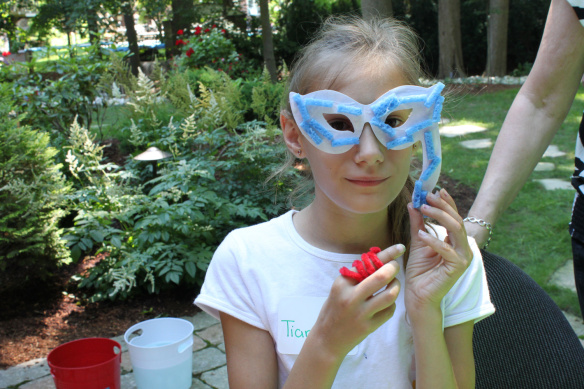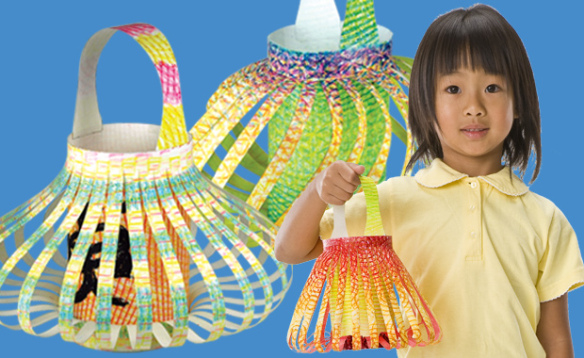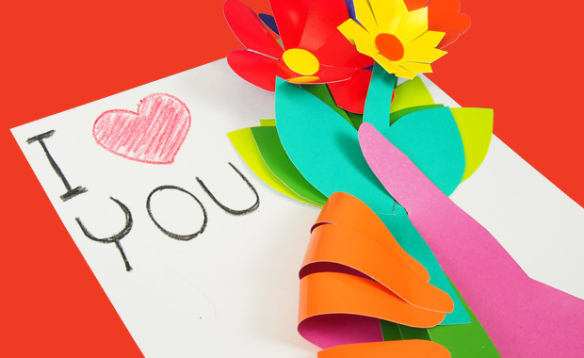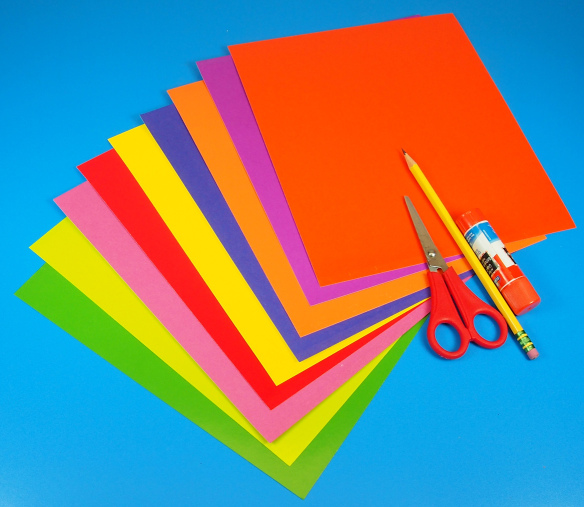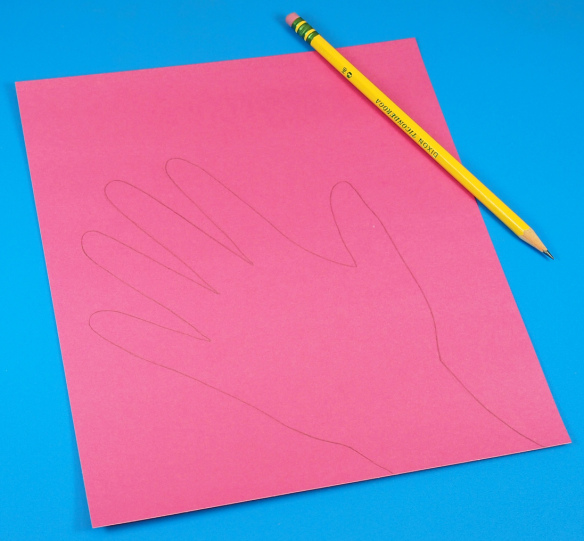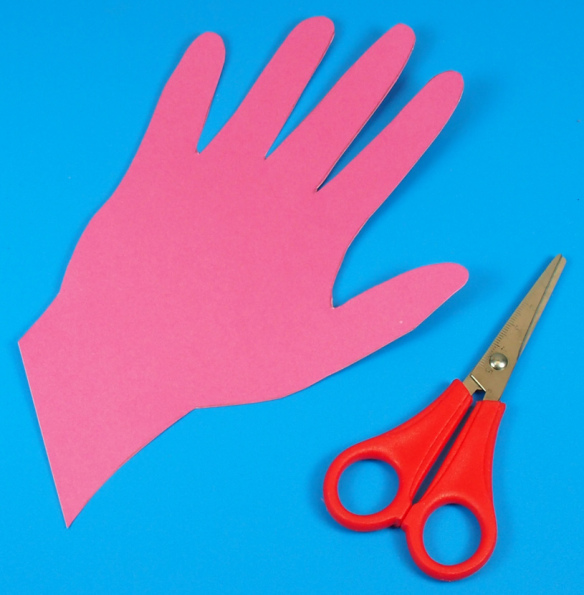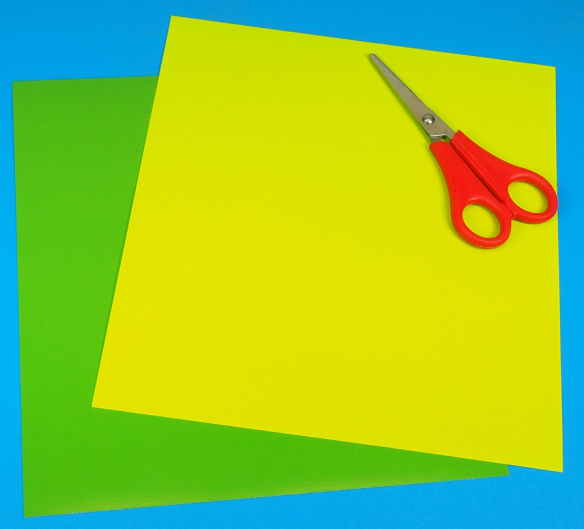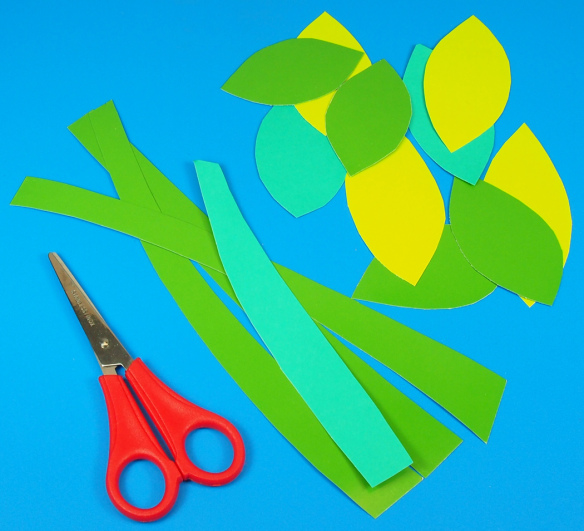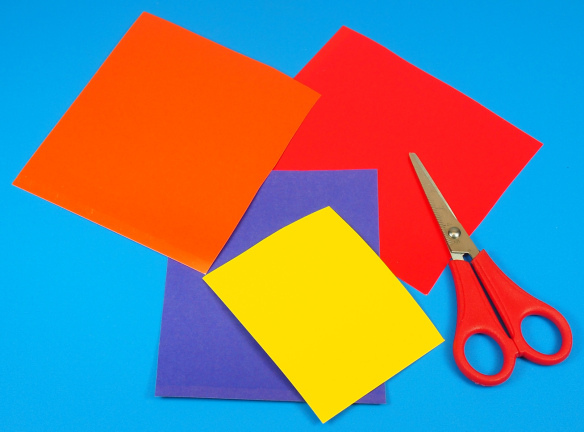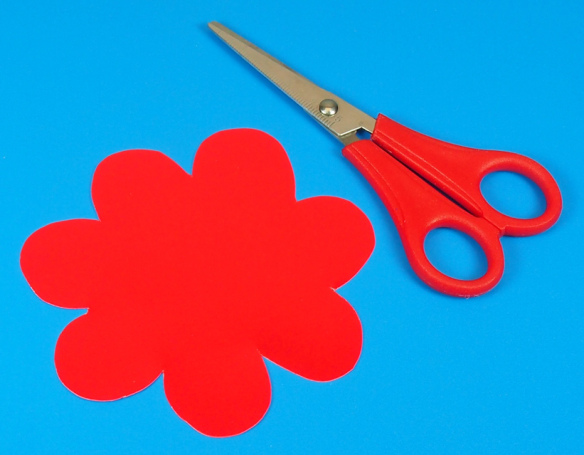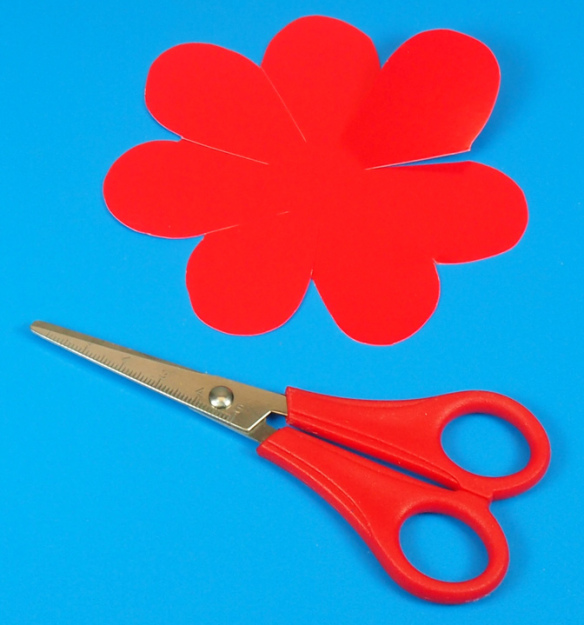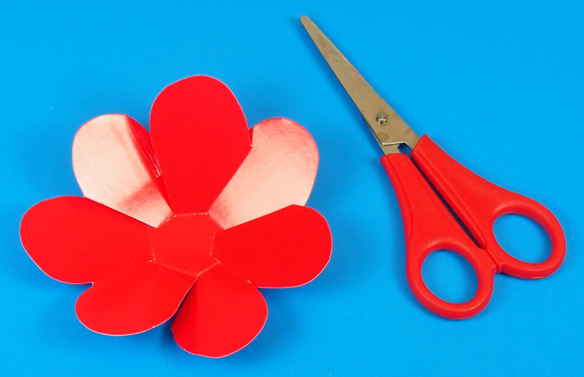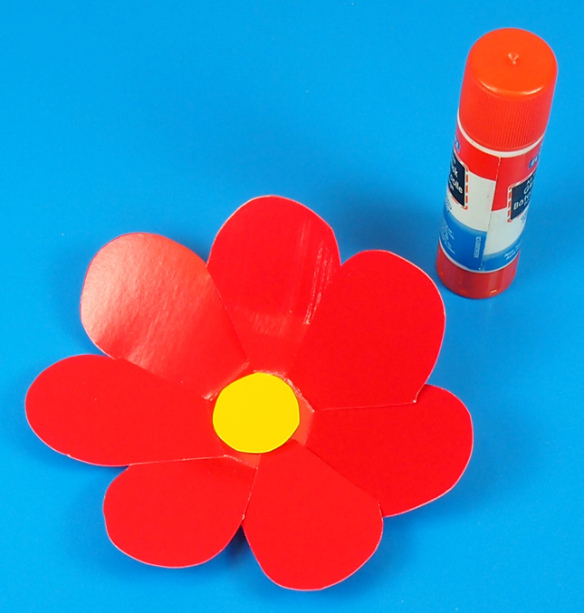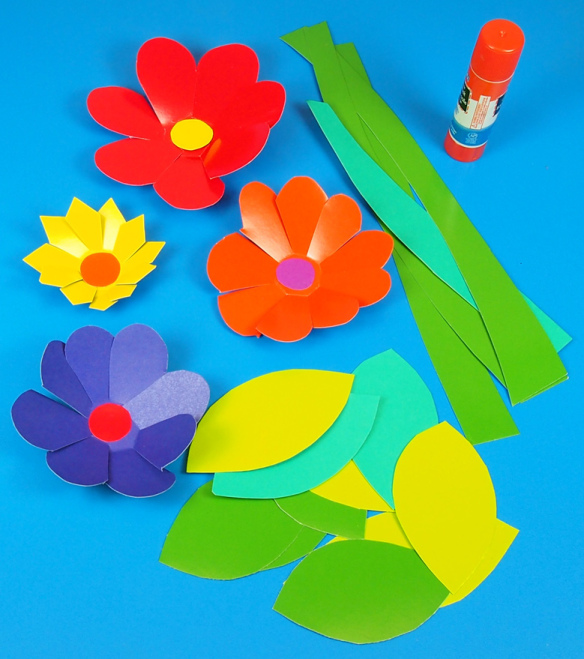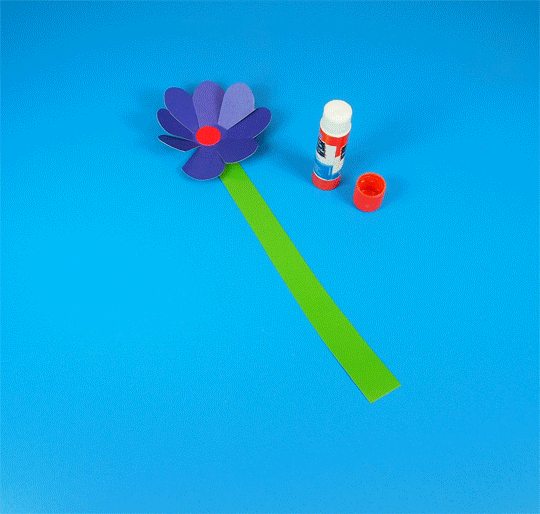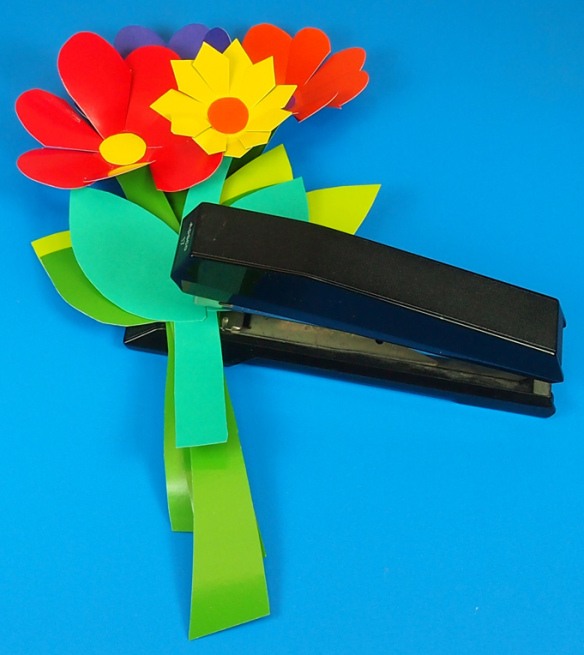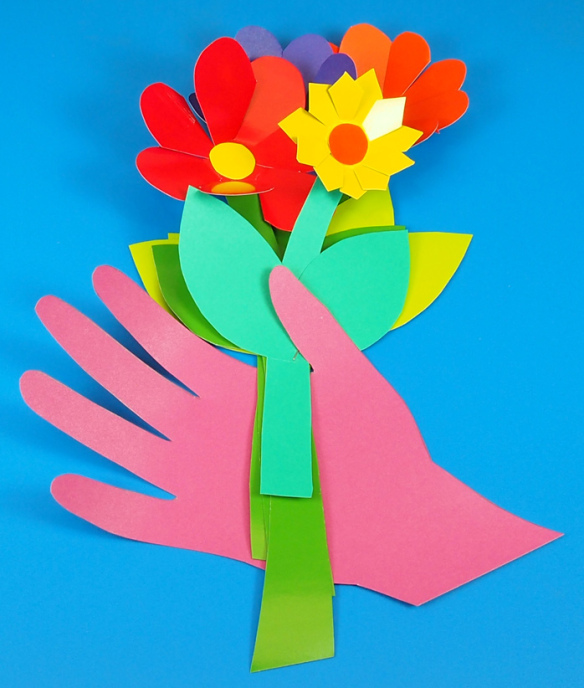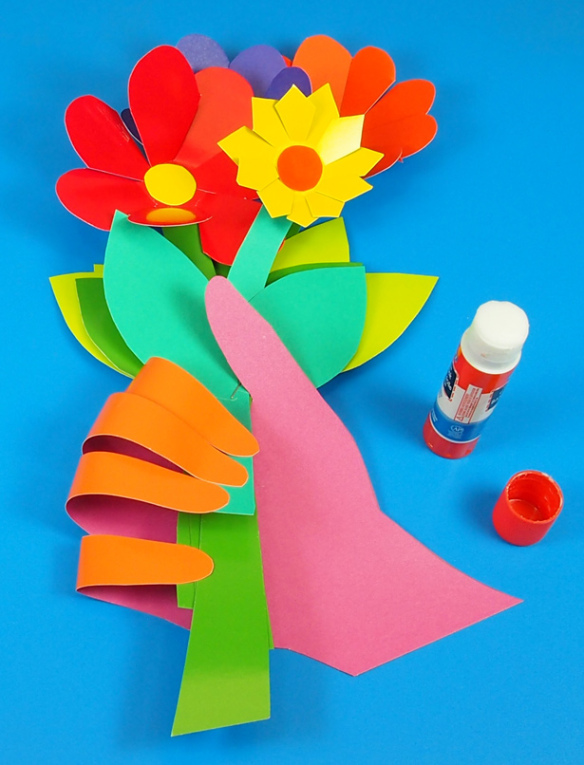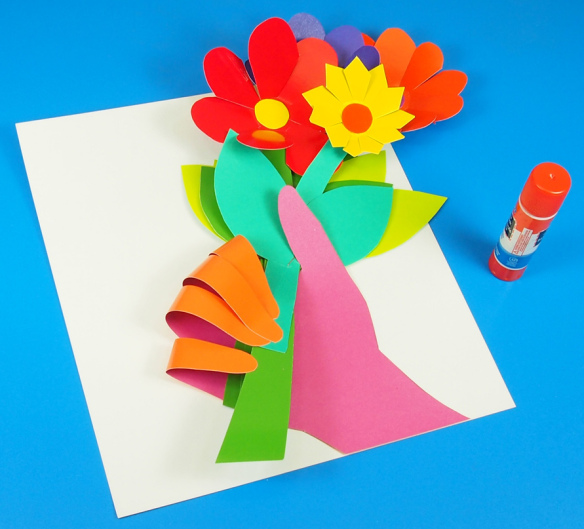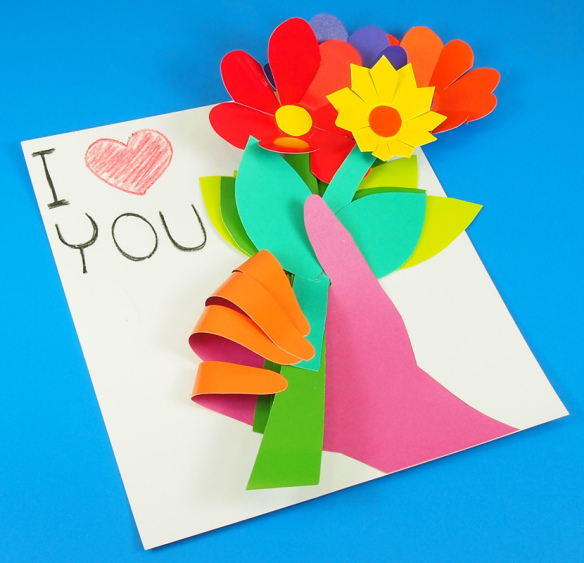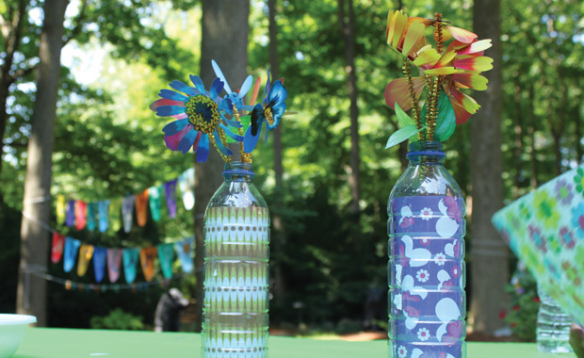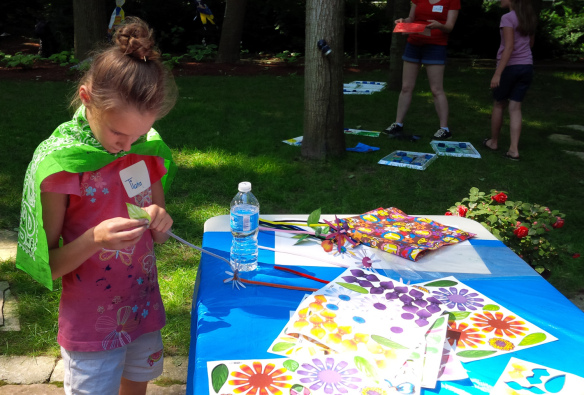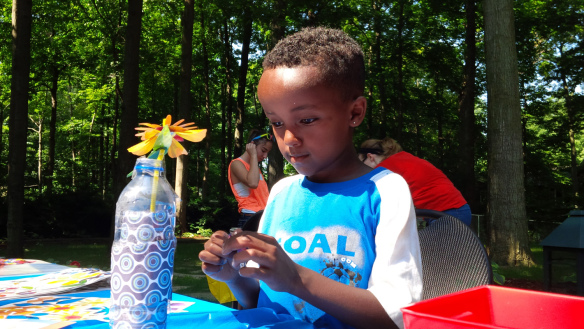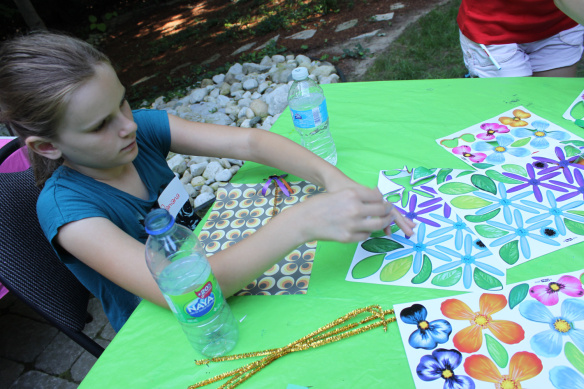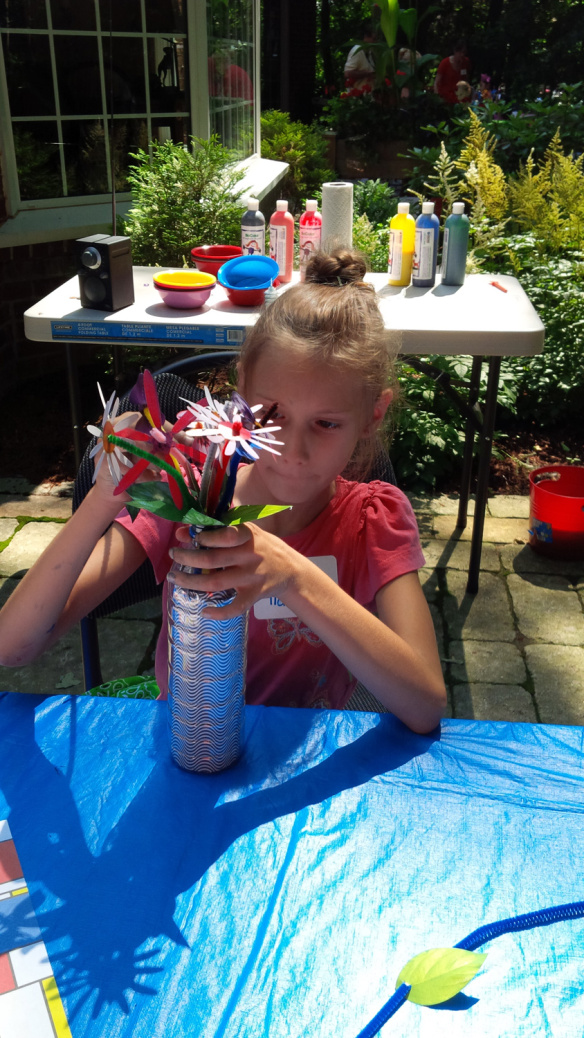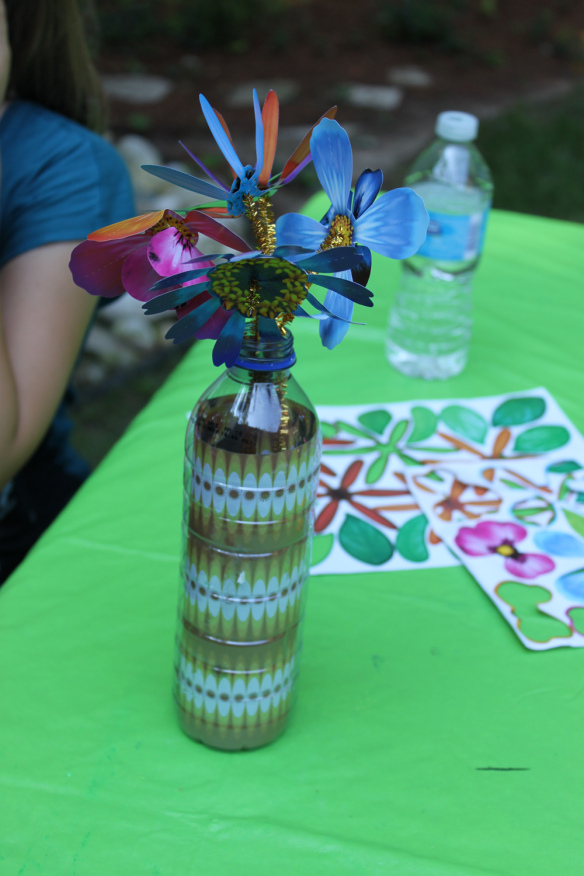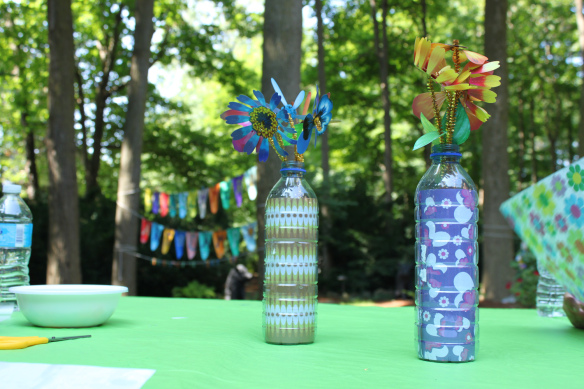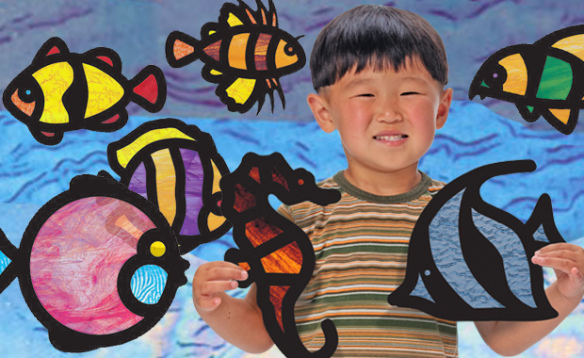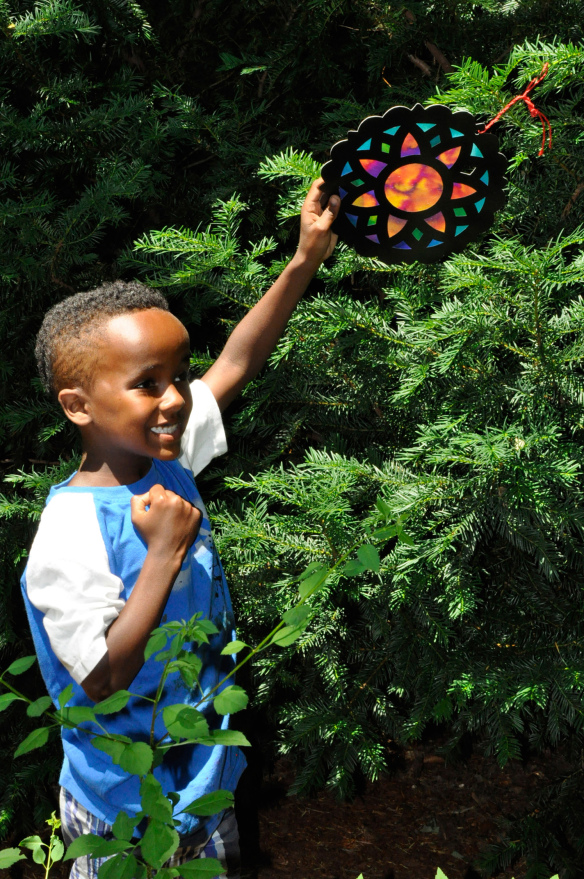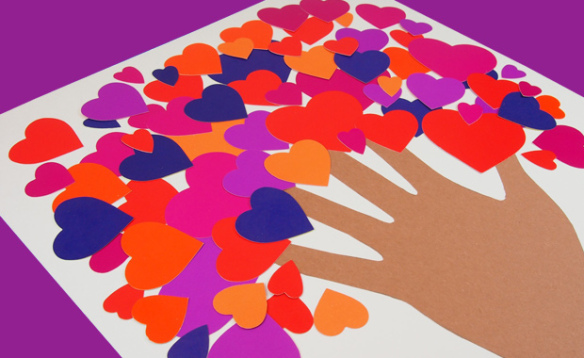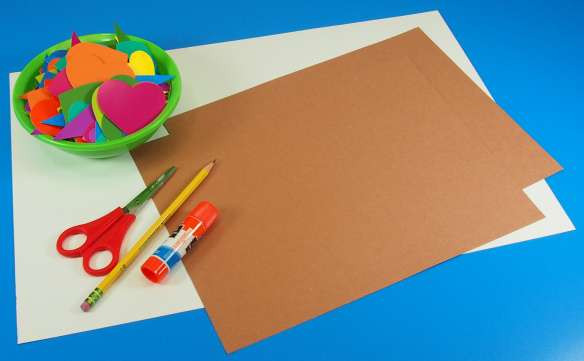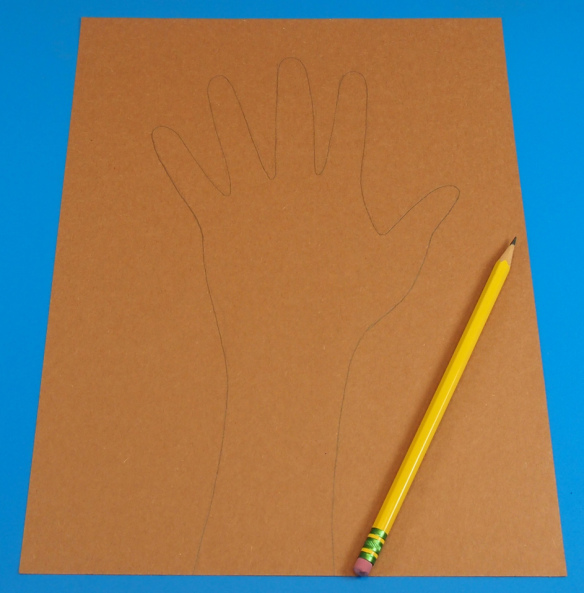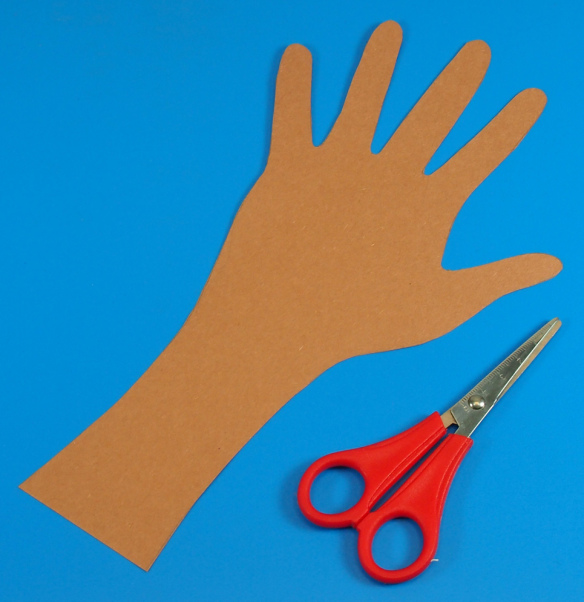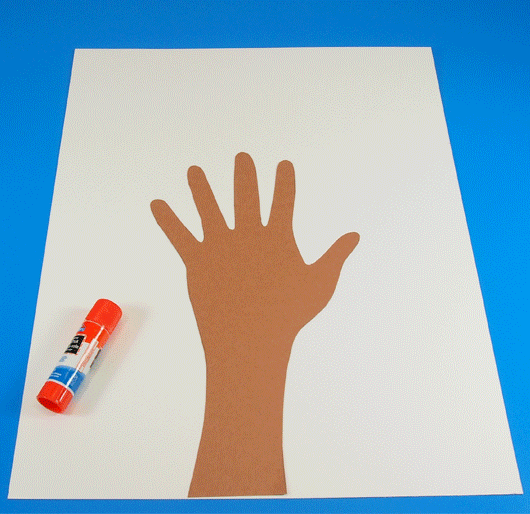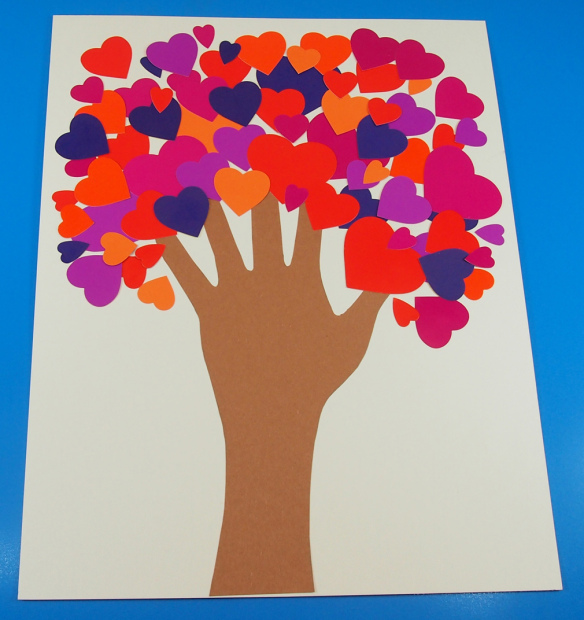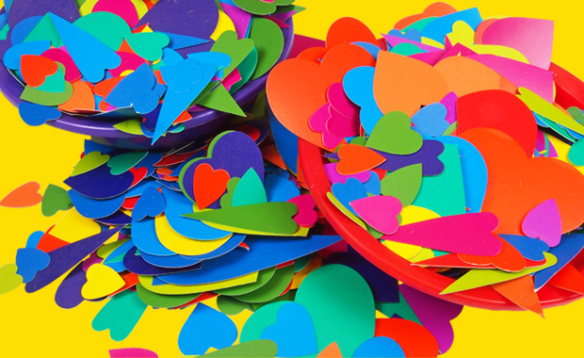Our safe-to-use additives provide a pop of sensation to your painting projects! A great way to encourage fine motor play in special needs classrooms. Simply pop in one additive to one color of paint and let the fun begin!
Each additive is packaged separately so you can control how much of each you want to use in your painting. Simply insert the additives into your favorite paints and stir around. It’s a good idea to place each color into separate bowls. Let sit for a bit to help the additives soak into the paint.

The kit includes ten sensational additives: Fine grit, funny fibers, coarse grit, squishy, soft, frictionless, dissolving, roly-poly, stringy and goopy!
The video below demonstrates how these additives work with paint on paper. Try it out for yourself!
Get your students to dip their fingers into the paint and describe the textures they feel. Which textures do they like the best? The video below shows one of our friends Ryan trying out the Fingerpaint Sensations paints for the first time!
Children can paint scenes or pictures of things they like.
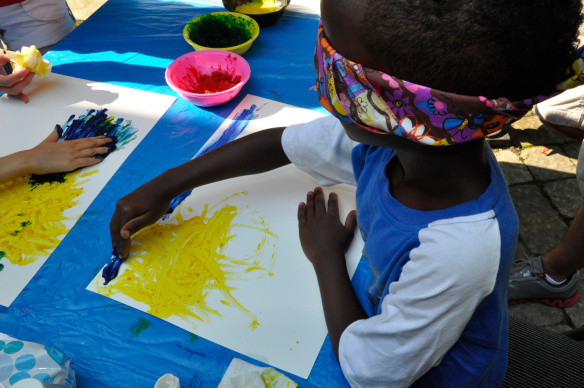 To help your students focus on the sensations of the fingerpaint, wrap a bandanna around their eyes so they can’t see their work. Ask them to “feel” their painting. Our Art Campers were talked through their paintings. For instance, we would help them dip their hands into a color of paint and told them to feel the texture and imagine what it could represent in their painting. Once they provided their descriptions, we placed their hands over their painting paper and asked them to draw the the rays of the sun using gritty yellow paint.
To help your students focus on the sensations of the fingerpaint, wrap a bandanna around their eyes so they can’t see their work. Ask them to “feel” their painting. Our Art Campers were talked through their paintings. For instance, we would help them dip their hands into a color of paint and told them to feel the texture and imagine what it could represent in their painting. Once they provided their descriptions, we placed their hands over their painting paper and asked them to draw the the rays of the sun using gritty yellow paint.
Once that was complete, the students moved on to paint their gooey blue sky. It was great fun to hear their reactions when they put the different elements of the painting together. Despite not being able to see, many students could clearly visualize how they wanted their painting to appear.
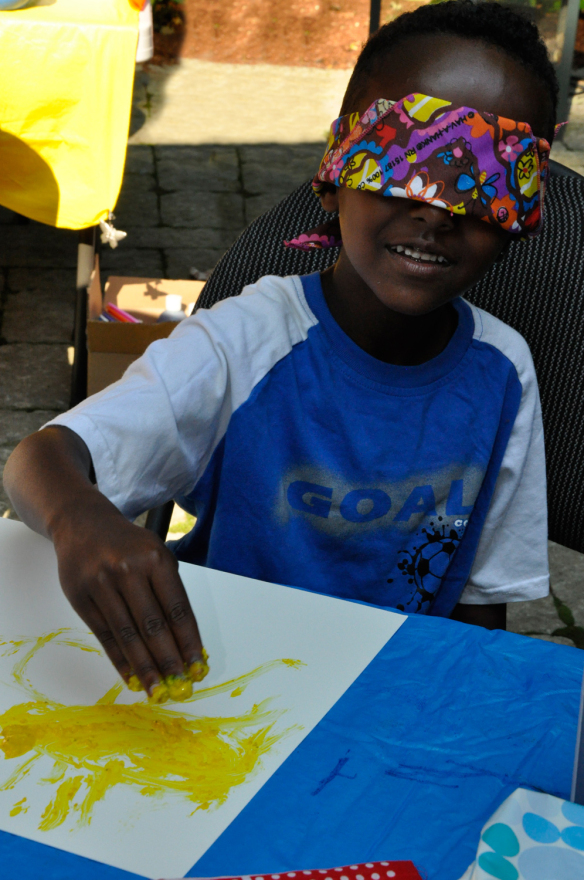 It was a good lesson in getting students to focus on their fine motor movements rather than just relying on their vision to create their art pieces.
It was a good lesson in getting students to focus on their fine motor movements rather than just relying on their vision to create their art pieces.
If you are going for more results-based artwork, try out a project like the one below!
Here’s an example of something your students can make. Cover various parts of your hands and fingers with different sensational paint colors. Press your hand onto a piece of paper. Add in details later.
 We hope you’ve enjoyed this post! If you have thoughts to share or would like us to post up photos of your students’ work, send us an email to subscriber@roylco.ca!
We hope you’ve enjoyed this post! If you have thoughts to share or would like us to post up photos of your students’ work, send us an email to subscriber@roylco.ca!

